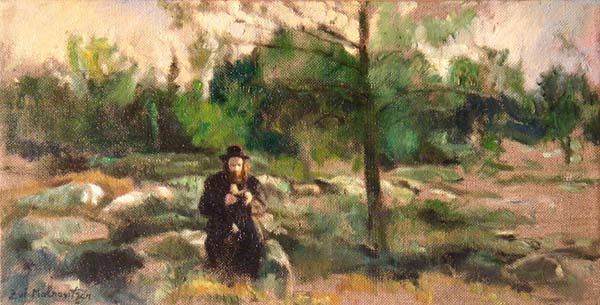BS’D
The Higher Heavenly court asks each of us an interesting question: “Did you appoint regular times for learning Torah?” One lesson we can extract from this question is the importance of regular, consistent practice as opposed to sporadic, albeit heartfelt prayers. Although it is a beneficial and admirable to ‘run’ to Hashem and talk over our deepest emotions and concerns the long-term benefits of hitbodedut is achieved best via everyday ‘ordinary’ talk.
Every hitbodedut session is a personal encounter with our Creator. Practiced on a regular basis, hitbodedut forges a deep connection with Hashem that cannot be severed easily. It is called “a lofty level greater than all” Rebbe Nachman ztk’l teaches. Consistency, routine and repetition work best, even at times when it appears there is nothing special to discuss.
Many question Rebbe Nachman’s teaching of the importance of one hour of hitbodedut. Some are concerned about the unrealistic nature of setting aside a whole hour dedicated to Hashem every day. In actual fact, Rebbe Nachman writes, “… one hour or more…”! He teaches that we should ideally strive towards transforming our entire lives to one dynamic intimate conversation with Hashem.
Let’s begin with setting aside a consistent block of time to open our hearts and mouths to our Creator. Let’s choose an authentic length of time, no matter how short a time period, at the most convenient time of day Then, gradually, we can build up towards our “one hour per day” goal. And in order to succeed, we can pray to Hashem to help us set aside this time to achieve our goal.
Today is memorial day in Israel. It is special to take a moment to pray for the souls who have departed from this world and their families. May Klal Yisrael merit the geula without pain and tragedy, Amen.
Today’s daily dose of emuna is dedicated to the refuah shleimah of Ahava Emuna bat Chava Etta, a young bother battling stage 4 cancer with tremendous pain and difficulty. May Hashem shower her family with strength and heal her, b’riut hanefesh v’b’riut haguf among all of Klal Yisrael who are sick and suffering b’karov, b’rachamim, Amen.


















